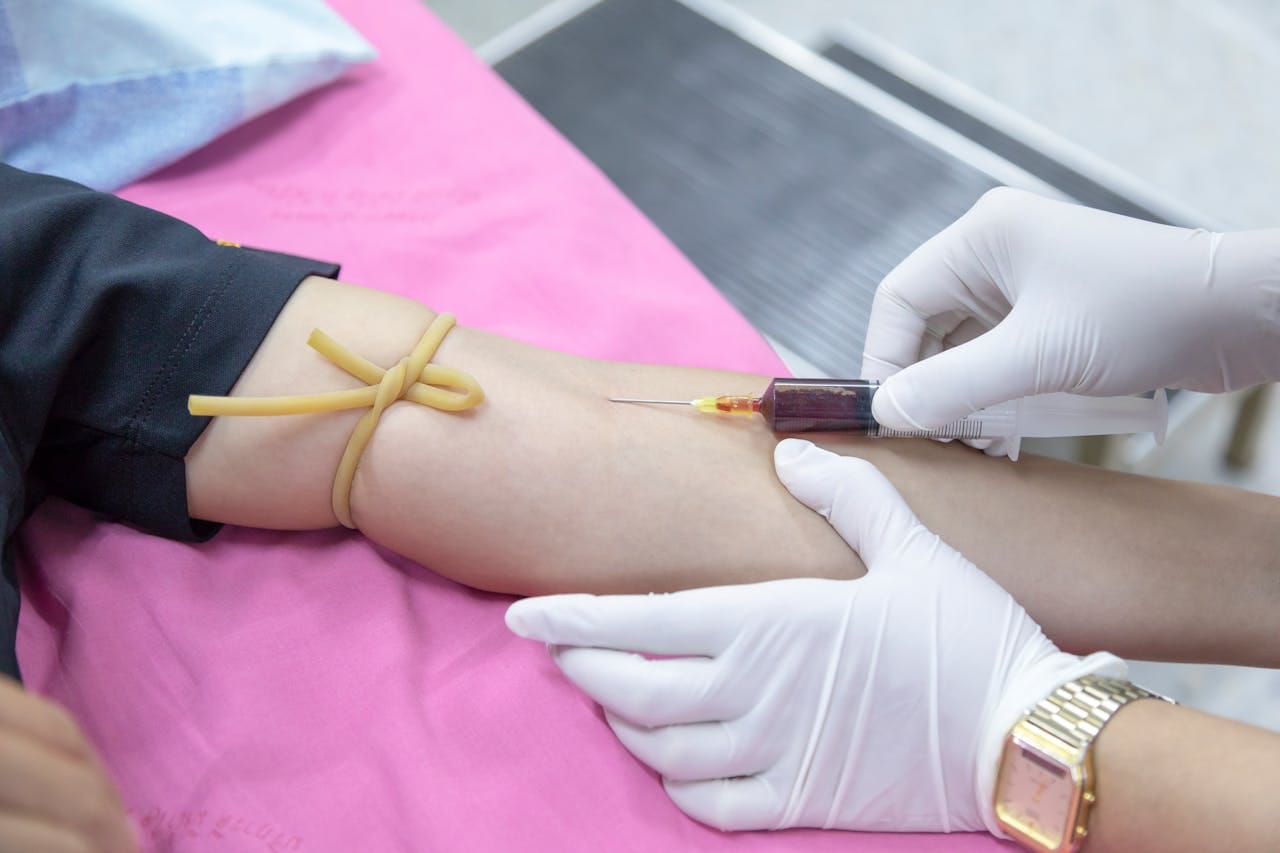The Hidden Costs of Defensive Medicine: Risks to Patients and Healthcare
Explore how defensive medicine impacts patient safety, healthcare costs, and trust. Learn about its causes, effects, global variations, and strategies to mitigate its risks.
Table of Content
Defensive medicine is when healthcare providers make decisions out of fear of legal consequences rather than focusing solely on the patient’s best interests. This often leads to unnecessary tests, procedures, or treatments aimed at reducing the risk of malpractice lawsuits. While the intention is to shield providers, the practice poses serious risks to healthcare efficiency and patient outcomes.
At its heart, defensive medicine diverges from evidence-based care, where clinical decisions prioritize patient needs. Instead, providers may perform actions solely to protect themselves legally. This can result in prolonged hospital stays, unnecessary risks from invasive procedures, and increased financial burdens on patients.
Defensive medicine generally takes two forms:
- Positive Defensive Medicine: Ordering additional, often unnecessary, services or tests to create a legal buffer.
- Negative Defensive Medicine: Avoiding high-risk patients or procedures entirely to sidestep potential liability.
Both types harm healthcare delivery by shifting focus from patient-centered care to self-protection.
When Legal Fears Drive Medical Decisions: The Rise of Defensive Medicine
The Rise of Defensive Medicine in Healthcare: Causes and Effects
Defensive medicine has grown into a significant factor shaping modern healthcare. It stems from systemic issues and cultural influences, including:
- Fear of Lawsuits: Rising awareness of patient rights has created an environment where providers often overcompensate to avoid legal action.
- High-Risk Specialties: Specialties like obstetrics and surgery are particularly affected, with providers ordering excessive tests or procedures to prevent potential lawsuits.
- Financial Incentives: Fee-for-service systems inadvertently encourage defensive practices, while value-based care models—which discourage unnecessary treatments—are not universally adopted.
- Technological Influence: The availability of diagnostic tools often pressures providers to use them, even when unnecessary.

Defensive Medicine in Practice
Defensive medicine manifests in two major ways:
- Overuse of Tests and Procedures: A physician might order advanced imaging for minor complaints to rule out unlikely conditions or hospitalize a patient unnecessarily to avoid blame for missed complications.
- Avoidance of Risk: Providers may refuse to perform complex procedures or steer clear of high-risk patients, even when these actions compromise the patient’s care.
Both approaches lead to wasted resources, higher costs, and potential harm to patients.
Psychological Pressures on Physicians
Fear of malpractice lawsuits heavily influences defensive medical practices. Physicians may:
- Order More Tests: Out of anxiety, even if clinical necessity is lacking.
- Avoid High-Risk Scenarios: Even when they align with patient needs.
The culture of perfectionism in medicine amplifies these pressures. Physicians often feel guilt and self-doubt over adverse outcomes, even when unavoidable. The judgment of peers and patient expectations further add to the stress, pushing providers toward overly cautious behaviors.
The Financial and Legal Toll
Defensive medicine has a significant economic impact, costing billions annually. Providers may recommend unnecessary imaging, surgeries, or medications to mitigate legal risks. This inflates healthcare costs, with patients bearing the burden through higher premiums and out-of-pocket expenses.
Additionally, malpractice insurance premiums—especially in high-risk regions or specialties—add financial strain. These pressures also deter skilled professionals from entering high-liability fields, worsening provider shortages.
Compromised Patient Safety and Trust
Defensive medicine often leads to:
- Over-diagnosis and Over-treatment: Patients undergo unnecessary interventions, increasing risks of complications, radiation exposure, or adverse drug reactions.
- Erosion of Trust: Redundant procedures create fear and confusion, damaging the patient-provider relationship.
- Resource Misallocation: Critical time and effort are diverted from patients with genuine needs.
Global Perspectives: How Defensive Medicine Varies
Defensive medicine, while rooted in the same legal fears, manifests differently across healthcare systems due to varying economic models, legal frameworks, and cultural factors. Here’s how it differs:
Fee-for-Service Models (e.g., U.S.)
In the United States, where healthcare providers are reimbursed for each service rendered, defensive medicine is particularly pervasive. Physicians often order additional tests, procedures, and consultations, primarily to shield themselves from potential lawsuits.
High malpractice insurance premiums exacerbate this trend, contributing to the significant financial burden placed on both the healthcare system and patients.
Socialized Healthcare Systems (e.g., U.K.):
In countries like the United Kingdom, where healthcare is publicly funded through systems like the NHS, the defensive approach often leans toward avoidance behaviors. Physicians may hesitate to take on high-risk cases, fearing reputational damage or increased scrutiny from administrative bodies.
Although the culture of litigation is less pronounced than in the U.S., bureaucratic oversight can pressure providers to tread cautiously.
Mixed Systems (e.g., Canada, Australia):
Nations with hybrid healthcare models—blending public funding with private options—experience a combination of these behaviors.
In Canada, for instance, public funding reduces the direct financial strain on providers, but concerns over resource limitations and patient outcomes can still drive caution.
In Australia, competitive private sectors introduce elements of defensive practices, especially when physicians aim to maintain their reputations or market positions.
Influencing Factors
The prevalence and nature of defensive medicine are further shaped by:
- Legal Culture: Regions with high rates of litigation or unclear malpractice laws see higher defensive practices.
- Patient Trust: Cultures with greater trust in healthcare providers, such as Japan, exhibit lower rates of defensive medicine.
- Reform Measures: Malpractice caps and no-fault compensation systems have shown promise in mitigating defensive behaviors, as seen in countries like Sweden.
Understanding these global variations highlights the need for tailored solutions that consider the unique dynamics of each healthcare system.
Strategies to Address Defensive Medicine
Efforts to combat defensive medicine focus on education, policy, and systemic reforms:
- Medical Education: Training programs should emphasize evidence-based care and risk communication to build clinician confidence.
- Legal Reforms: Introducing caps on damages, safe harbor provisions, and alternative dispute resolution mechanisms can reduce litigation fears.
- Healthcare System Reforms: Team-based care, peer reviews, and support for providers facing litigation stress can mitigate defensive practices.
- Improved Communication: Transparent, patient-provider dialogues foster trust and reduce misunderstandings, decreasing the likelihood of defensive actions.
Building a Trust-Centered Healthcare System
The key to reducing defensive medicine lies in rebuilding trust within the healthcare system. By addressing the root causes of defensive behaviors and promoting open communication, we can create an environment where patient safety and care quality take precedence over legal fears.












